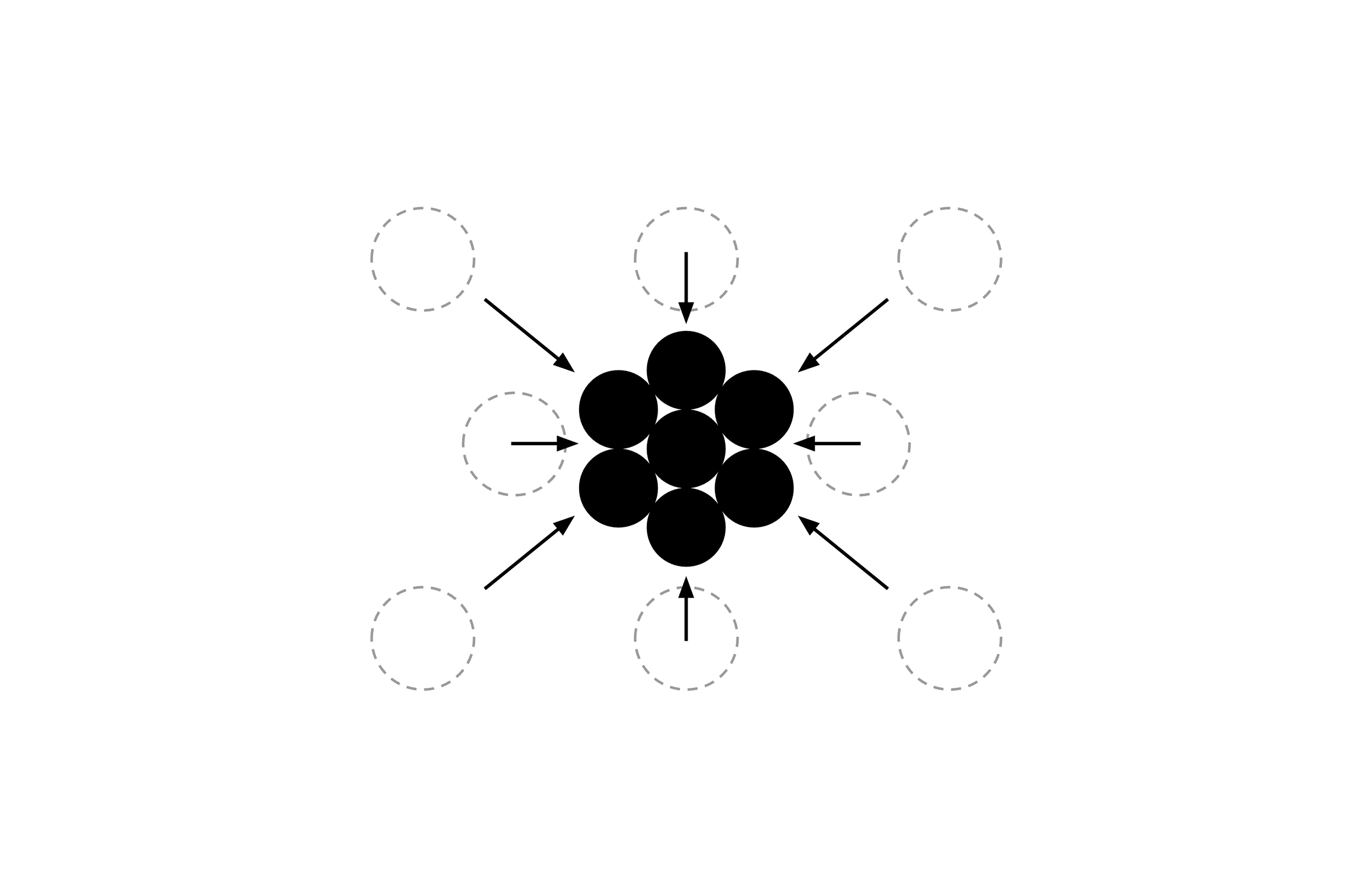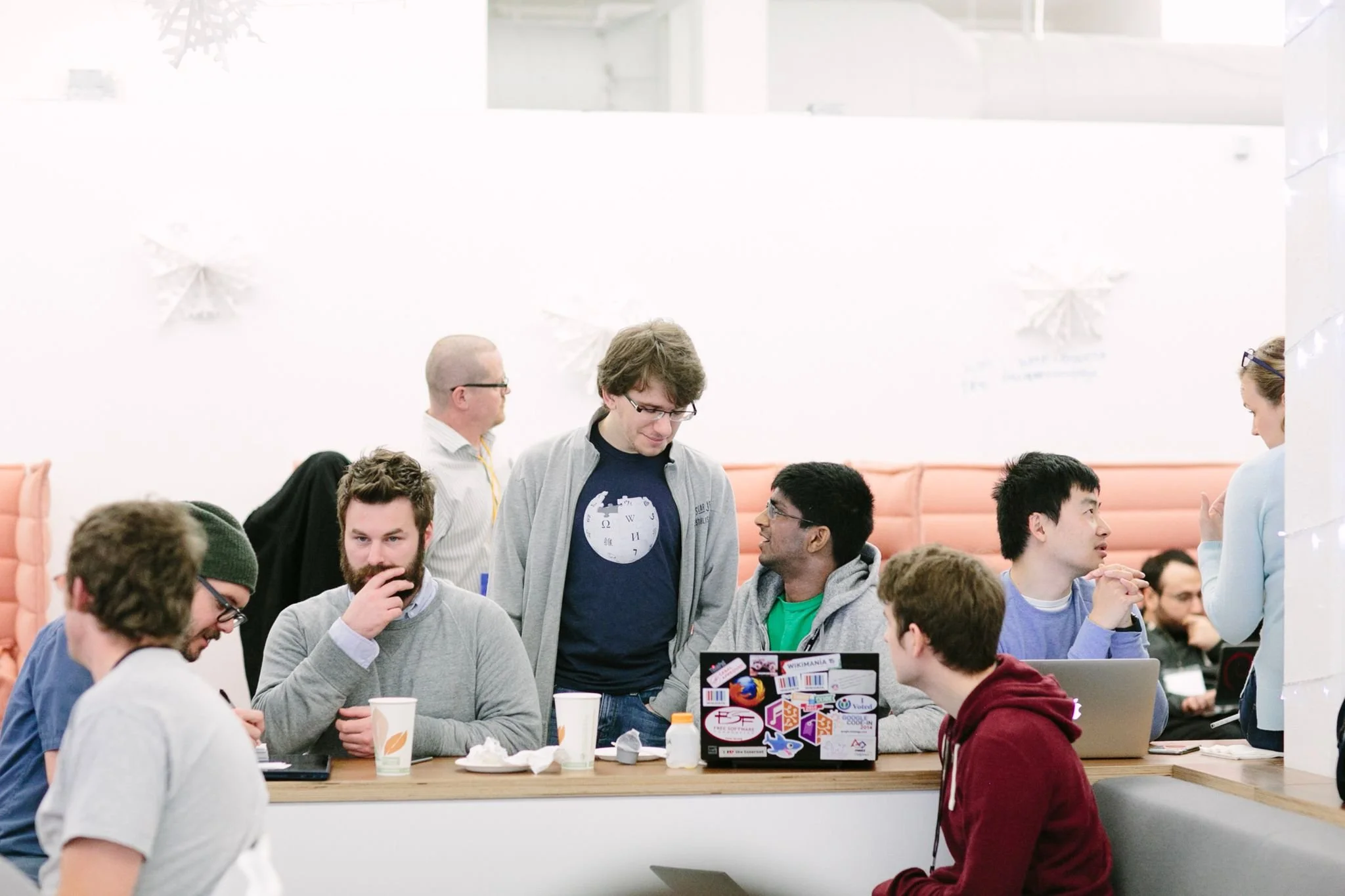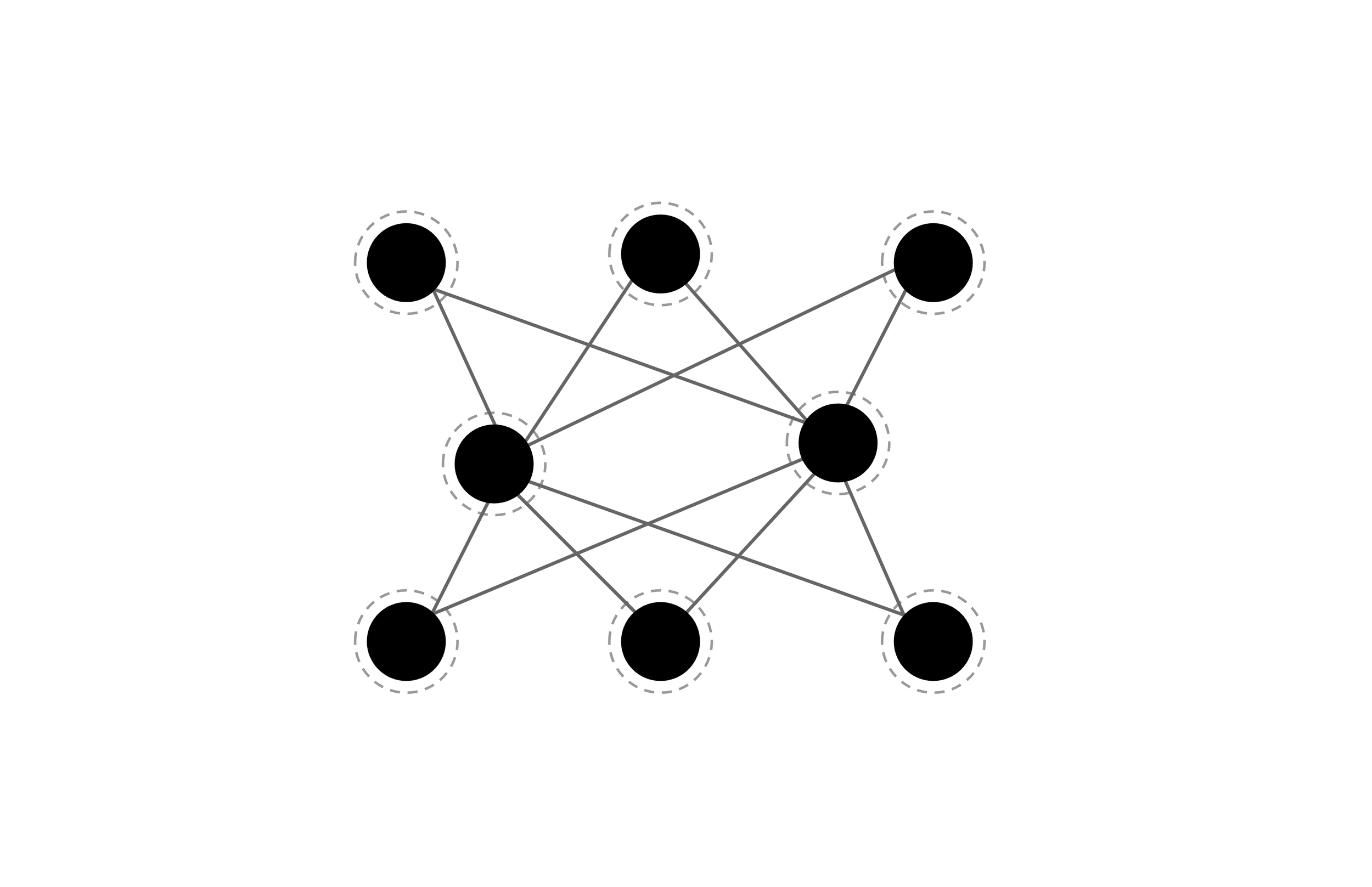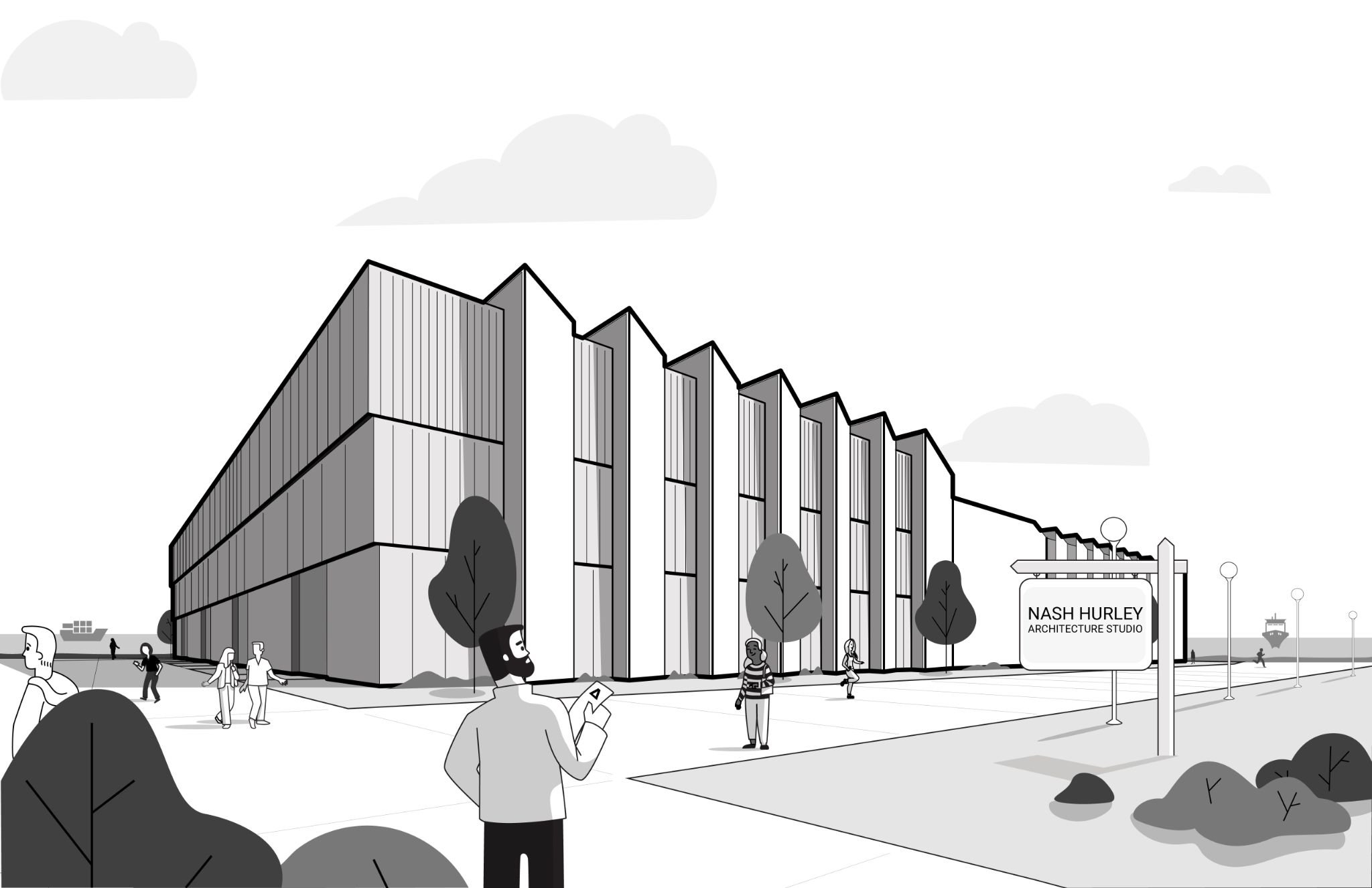
Office space for our networked society
Buildings evolve over generations to support our collective social structures. As the pace of change quickened in the 21st century, offices had a hard time keeping up. Weighed down by the long approval processes and high transaction costs of reconfiguring office space, many of our offices were at odds with the dynamic businesses that they were intended to support.
Starting in 2010, my architecture studio began creating new architectural typologies, new concepts of flexible workspace that reflected the growing interconnectedness of our social production (our work). These spaces were successful when they facilitated the flow of ideas between people - creating more opportunities for collective focus, turn-taking and trust.
Gone are the days when the office was defined by a quiet room, a singular desk and a brilliant individual worker. Modern work is group work and we made spaces to support those groups of people. Below are a few of our space typologies for group work.
-

Bonding Hub
Focuses on team-level project work (short-term example: team offsite location, long-term example: incubator space) This space is designed to hold complex information and foster genuine trust amongst its users. Due to the more intimate nature of this setting, Bonding Hubs typically have less than 50 people.
-

Bridging Hub
Integrates new people or new ideas into a network of production. This space values heterogeneity of ideas and of people - all should feel welcome. It cannot belong to any one group. To bring in as many new ideas as possible, Bridging Hubs are often geared toward larger groups of 50 - 500 people.
-
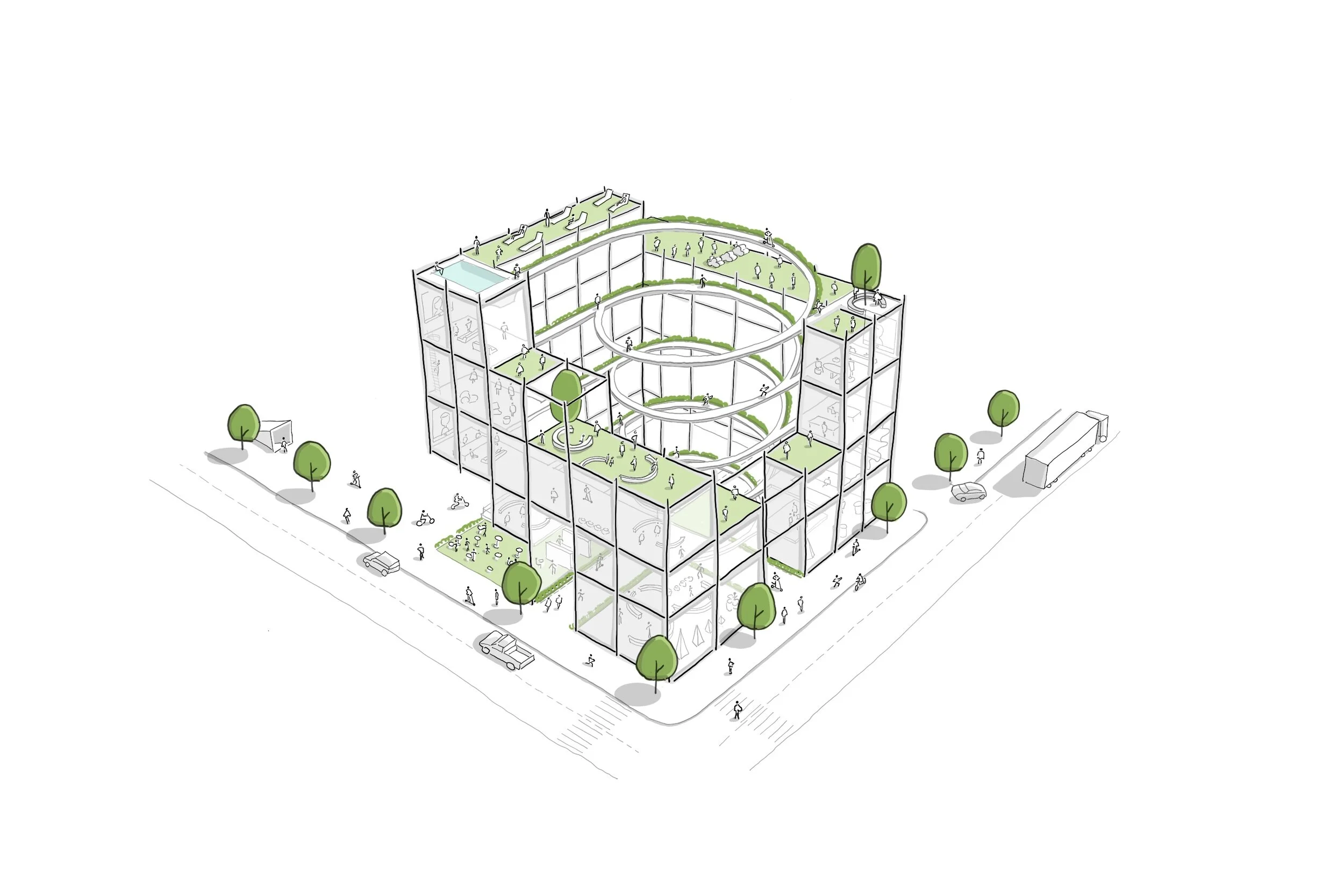
Location Hub
Built where workers already are or in locations with an existing rich social fabric that can help attract new people. Location Hubs cluster near universities or in regions where you are looking to expand your business. The most classic version of office space, Location Hubs vary in size from 5 - 5,000 people based on size of the organization that they support.
Centralized campuses support the large networks of production required to create the most complex products.
— Google’s Humboldt Campus, designed by Nash Hurley Architecture Studio, 2022
Colocation of large numbers of people in centralized workspace is powerful, but brings with it real and recurring transaction costs - most easily measured in the commute time of workers.
Distributed workspaces support geographically separated people coming together episodically to share ideas.
— Wikimedia Foundation Hub, designed by Nash Hurley Architecture Studio, 2015
Hybrid work reduces commute time, remote work removes it. Both rely on corporate cultures with high levels of trust and clear standards of time management to take on complex projects.




